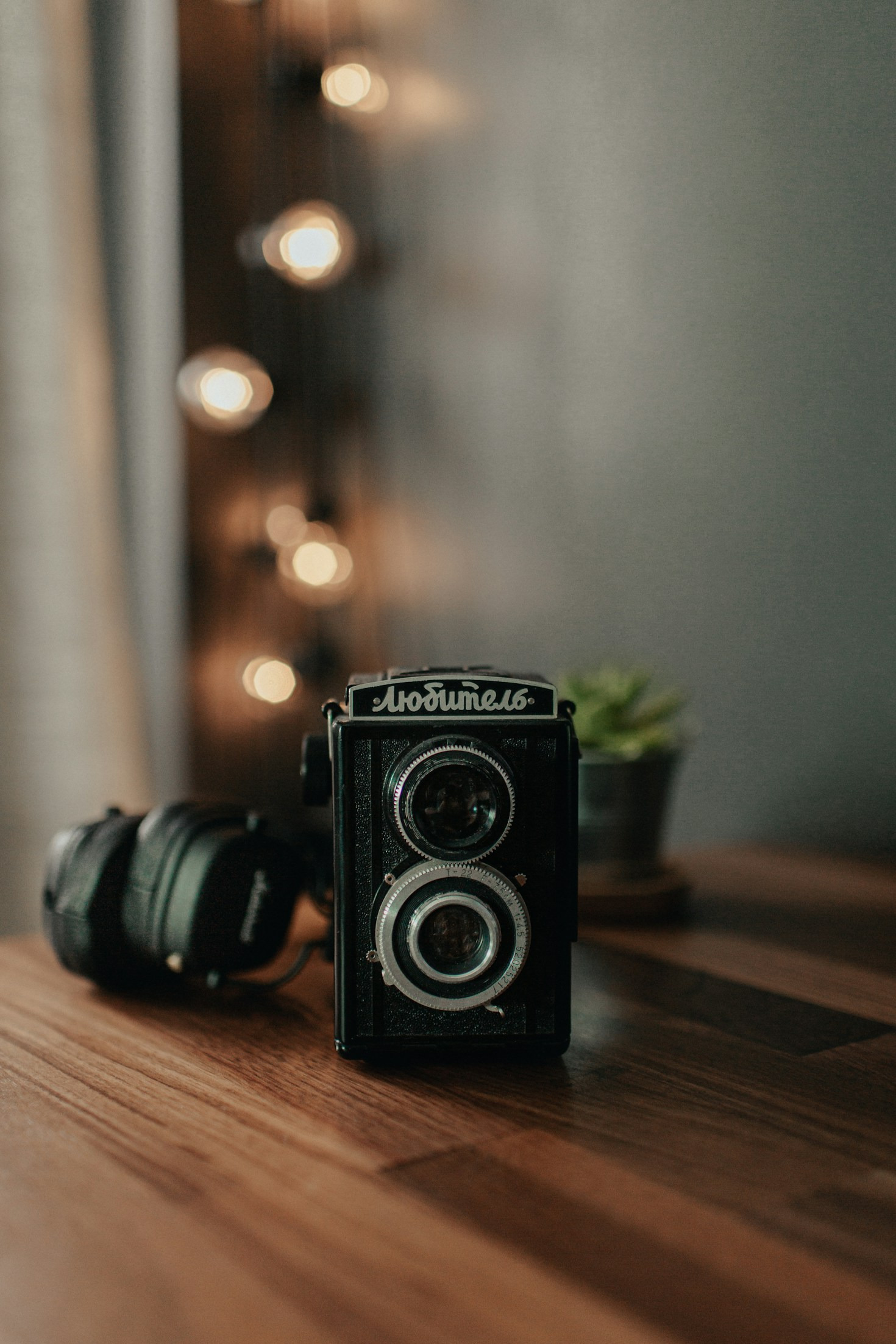In the world of product photography, capturing the perfect image is essential for showcasing a product’s features, attracting customers, and ultimately driving sales. One of the most critical elements that can make or break a product photo is the angle from which the product is shot. Understanding the importance of angles in product photography can help photographers create compelling images that highlight the product’s best qualities.
Why Angles Matter
1. Highlighting Key Features
Different angles allow photographers to emphasize various aspects of a product. For instance, shooting a watch face-on clearly shows the dial and design details, while a side angle might showcase the thickness or strap quality. Choosing the right angle ensures customers see what makes the product unique and valuable.
2. Creating Depth and Dimension
Flat, straight-on shots can sometimes make products look two-dimensional and uninteresting. Shooting from creative angles—such as a three-quarter view or a low angle—adds depth and visual interest to the image. This makes the product appear more tangible and appealing.
3. Conveying Use and Functionality
Angles can also demonstrate how a product is used or how it functions. For example, photographing a backpack from an angle that shows both the front and an open compartment helps customers understand its storage capacity. This contextual approach can enhance the product’s appeal.
4. Influencing Perception and Mood
The choice of angle can affect how the product is perceived emotionally. A high-angle shot looking down on a product might make it appear less dominant or smaller, while a low-angle shot looking up can give it a sense of grandeur and importance. Understanding these nuances helps create images that align with the brand’s message.
Tips for Using Angles Effectively
- Experiment with Multiple Angles: Don’t settle for the first shot. Try various perspectives to find the most flattering and informative view.
- Use a Turntable for Consistency: When shooting multiple products or variants, a turntable helps maintain consistent angles, ensuring a cohesive look.
- Consider the Product’s Shape and Size: Bulky products might require wider angles, while small, intricate items benefit from close-ups and macro shots.
- Mind the Lighting: Different angles interact uniquely with light and shadows. Adjust your lighting setup to complement your chosen angle.
Conclusion
Angles are more than just a technical detail in product photography—they are a powerful tool to tell a product’s story. By carefully selecting and experimenting with angles, photographers can enhance the visual appeal, communicate value, and create a strong connection between the product and potential customers. Whether you’re a professional photographer or a business owner taking your own photos, understanding the importance of angles will elevate your product photography to the next level.

